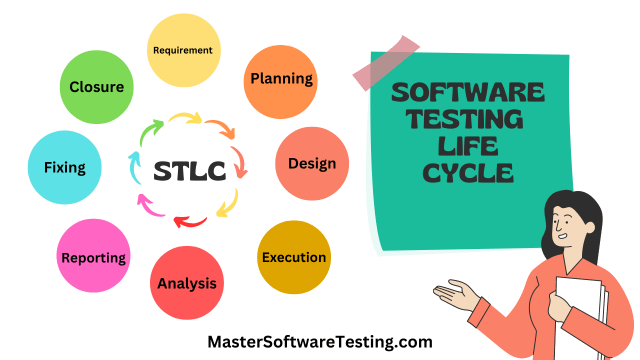
4/25/2023
My latest article - What is Exploratory Testing? Learn with a real world example
 Mastering the
Test Reporting Phase in the Software Testing Lifecycle
Mastering the
Test Reporting Phase in the Software Testing Lifecycle
In this article, we'll explore the Test Reporting phase of the Software Testing Lifecycle (STLC). You'll learn the steps, deliverables, entry and exit criteria, risks, schedules, and tips for performing this phase effectively.
Test reporting is the process of communicating the results of testing to the stakeholders. It is the sixth phase in the software testing lifecycle, after test requirement analysis, test planning, test design, test execution, and before fixing.
Test analysis is the sixth phase in the software testing lifecycle, after test requirement analysis, test planning, test design, test execution, and before fixing.
 Phases of the Software
Testing Lifecycle
Phases of the Software
Testing Lifecycle
 Steps in
Test Reporting Phase
Steps in
Test Reporting Phase
 Entry and Exit Criteria for Test Reporting Phase
Entry and Exit Criteria for Test Reporting Phase
The risks and schedule for test reporting are as follows:
Risks
Schedule
The test reporting schedule should be realistic and achievable. It should take into account the following factors:
 Tips for
Performing Effective Test Reporting Phase
Tips for
Performing Effective Test Reporting Phase
The Test Reporting phase is an essential component of the Software Testing Lifecycle.
By understanding the steps, deliverables, entry and exit criteria, risks, and schedules, and implementing effective test reporting strategies, you can ensure that your testing efforts drive continuous improvement and contribute to the overall success of your application development projects.